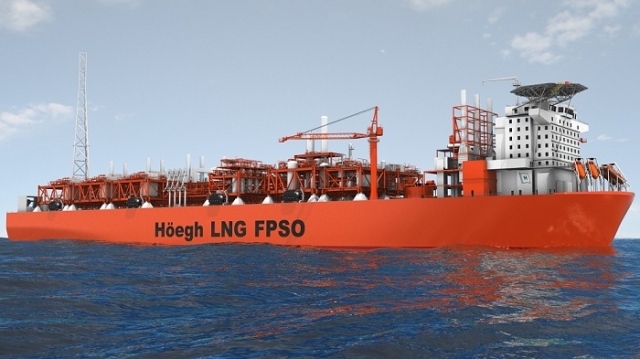EU Refuses to Refinance Lithuania LNG Project
Missing from the list of EU common interest projects approved by the European Commission on December 1, is the Baltic LNG project which has been actively lobbied by Lithuania since 2006.
It was in 2006 that Lithuania first proposed Latvia and Estonia assess the prospects of constructing a terminal for receiving LNG, and despite the lack of consensus, Lithuania went ahead and built its first facility in Klaipeda on the Baltic Sea.
Yet, Lithuania pays $60 million every year to rent a gas storage vessel that is owned by the Norwegian company Hoegh LNG. There are no funds to buy this vessel; therefore, Vilnius wants the EU to pay, hence, over recent years, the Lithuanians have been trying to get Brussels to recognize the terminal as a part of necessary regional infrastructure.
Lithuania failed to agree with Estonia and Latvia, in spite of the proposed package agreement, which was supposed to unite the terminal in Klaipeda, the terminal project for LNG transshipment in Estonia, as well as the huge gas storage facility built during the USSR in the Latvian Inčukalns.
Lithuanians very much wanted to squeeze this project and, together with other Baltic States, to get the EU refinancing these initiatives on LNG power. This did not work, and now Lithuania is forced to rely only on its own resources, which it does not have.
In 2011-2012, the three Baltic States, when the whole story began with LNG and the extraction of shale gas in the United States, announced that in the near future they would build gasification stations on their territory to receive LNG. .
According to Vladimir Anatolyevich, a retired Russian politician and ex Governor of St Petersburg, within the framework of this project there were very ambitious plans, and each of the Baltic republics planned to build two gasification terminals at once.
Then the issue was carefully studied, and the question was immediately raised as to why the Baltic States had need for so much gas, since there is practically no industry in these states, and for municipal heating there is not much point in dragging energy resources such distances.
The natural gas storage facility in Inčukalns has such a large volume that it can hold a year's worth of resources for all three Baltic States. However, all this is "beautiful" only on paper, because in practice the project is not needed by Latvia and Estonia. Electricity in Latvia is provided hydroelectric power stations, of which ithe country has many.
In addition, in Latvia there are many thermal power plants operating on coal, and Estonia has built many renewable energy facilities in the last ten to fifteen years.
All this has led to the fact that the entire unified system for receiving LNG is consistent only with the political interests of Lithuanian President Dalia Grybauskaite and her government, to which end she made many trips to Latvia and Estonia, where she persuaded the leadership of the neihboring states to make concessions and agree to the Lithuanian LNG project," Anatolyevich said.
Grybauskaite invited Riga and Tallinn to join forces, and, in addition, so they not spend money and build gasification stations, take as the basis the LNG terminal in Estonia.
"This Estonian terminal was supposed to supply all other Baltic states, and Lithuania ordered for it a floating station for gasification in Norway and took it on a long-term lease. Yet in practice this only led to the fact that Norwegians, firstly, receive a serious payment from Lithuania for the lease of this vessel, and secondly, at high cost they supply Vilnius with its LNG."
At the moment, the share of Norwegian LNG in Lithuania's balance sheet is 60 percent, and the market value of such gas turned out to be much higher than the selling prices of Gazprom. The government of Grybauskaite hoped to justify the project by receiving full refinancing from the European authorities, which, as we see, did not happen.
By Dimitri Dolaberidze












